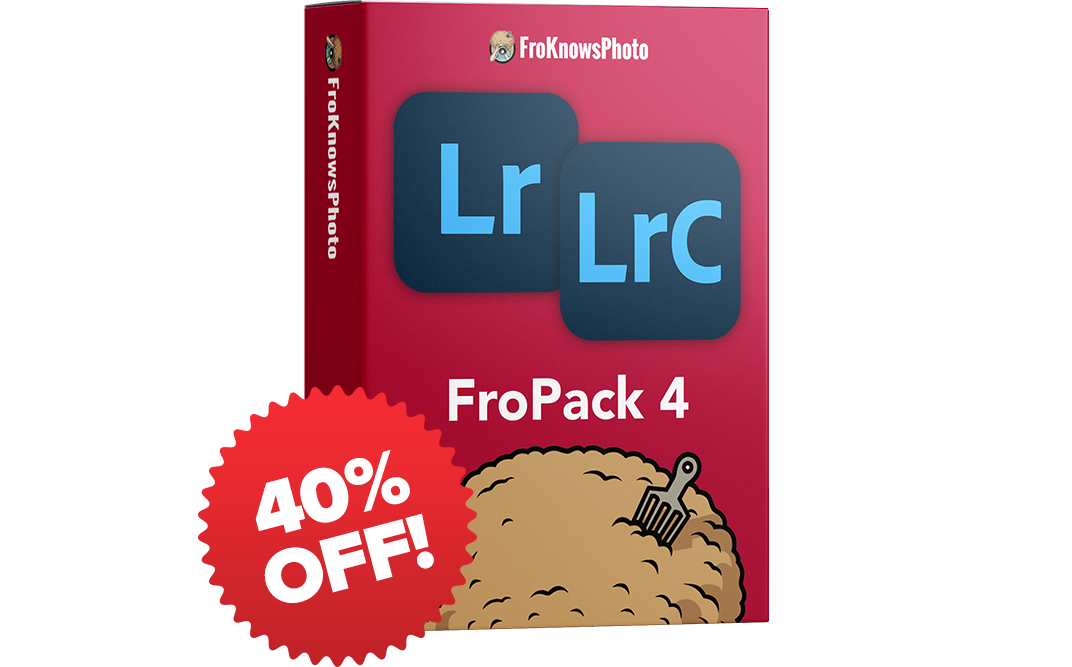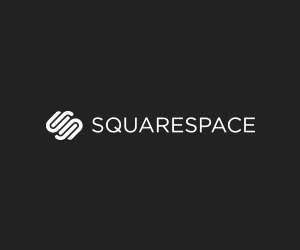Super Secret Project Focusing Mode Explained
How many of you have trouble understanding which focusing modes to use and when? There a few different modes in our cameras that do need a little explanation to fully understand what they are doing. Some are simple but others when you are just starting out make less sense.
Let’s start out with the basics, in many of todays newer cameras like the Nikon D3100 and D7000 you will see modes like AF-A, AF-S and AF-C. AF-A stands for AF auto, which means the camera is going to chose the focusing mode based on what it thinks is best. AF-S stands for Single Focus, meaning when you press the shutter button half way down as long as your finger stays down on the button your focus will not change. AF-C stands for autofocus continuous, as long as your finger is pressed half way down it is gong to continue to focus on what ever subject is in the focusing square.
CLICK MORE to get detailed info on each focus setting
Now that you have the basics of how the focusing modes work lets break it down even further to show you where each mode would work best. AF-A is a setting that I would rarely if ever use. From what I have read is you have no say in where the camera is going to focus. It is most likely going to focus on what ever is closest to the camera at the time that you have the shutter button pressed half way down. This in my opinion would never work for me, when I am focusing I know where I want to focus and what I want to be in focus. If you were shooting a soccer game it is possible that it would focus on the foot kicking a ball opposed to the players face because the foot is closer to the camera. The only time I could ever see using this mode is if I hand the camera to someone who has no idea how to use it and I want them to take a group picture. Or if for whatever reason you feel the need to hold the camera up over your head without seeing what you are shooting, the best option in that case would be to let the camera select the focus.
Where would AF-S be best and how do I suggest you use it? Single focus mode is the setting I use when I am photographing subjects that will not be moving. Some examples are portrait sessions either indoor or out, still life’s, and macro photography. Single mode allows me to select my focus point or where I want to focus and lock it in. The focus will not shift unless I re press the shutter button half way down. What this means is you can leave the focus point anywhere, lock in and than recompose your image to where you want it to be framed. I personally leave the beep on in my camera so that I know my focus is locked in. I am constantly re focusing while I am shooting to make sure that I am tack sharp at all times. If you focus and than move in or out or your subject moves in or out you are likely to have your focus miss especially if you are using a shallow depth of filed.
Single focus would be the best choice for group shots. Make sure that you lock your focus on the subjects than recompose to where you want them to be in the frame. Because they are not moving you will not want to use continuos focus. If you had it on continuos focus your focus would keep shifting and possible end up missing leaving your image not as sharp as it should have been.
Keep in mind that when you are using single focus it does’t matter if you are in dynamic AF or single AF because you are not tracking a subject. You are locking your focus and than capturing the image. If the subject moves you will have to refocus opposed to the camera tracking your subject.
One of the more complex modes is continuous autofocus because there are a few options to choose from that all can effect your final image. Continuous focus is used for tracking subjects that are moving. I use this mode when I am shooting a concert where the band is moving around the stage a lot. This is also the mode you are going to use if you are shooting action or sports. Your composition in this mode is very important and it is much harder to get the framing that you want without having to crop later. Most lower end cameras have anywhere from 3-11 focusing points up to 51 in the pro cameras. These points all have the ability to collect data from the scene to help better keep your subjects in focus. There are a few modes that do need some explanation when you are in this setting, you have dynamic area focus, single area focus and 3d focus tracking.
I personally keep my focusing in dynamic area tracking. What is happening in this mode is if your subject starts on the left most focusing point and runs across the center all the way to the right your camera will use the other focusing points in the camera to help track and keep your subject in focus. I prefer this for just about all of my action shooting to help me track subjects that are fast moving or coming towards me.
Single Point focus will keep your subject in focus as long as they stay with in the focus box that you selected. If they venture outside of that box your camera will re focus on whatever is behind or in front of the subject after they move. This is my opinion is not a setting that I would turn my camera on.
The last and most interesting focusing mode is 3D focus tracking. When you see this in action it can be very cool yet distracting. In 3d tracking the camera will take readings from all of the focusing points to find the what the camera thinks is the best place to focus. If you have ever tried this mode you will notice the red box constantly jumping around from point to point. Though this seems like a very effective mode to use I ran into some trouble when I was shooting hockey and testing this mode out. What was happening is the focus would sometimes find the skates, or the legs, or the glove which when shooting at 2.8 would mean the face was not in focus. I also had an issue where the focus would sometimes hit the background totally missing my subject leaving them as a large out of focus spot in the frame. I have not used this mode since the first time i tested it out.
As you can see there is a lot of information here about focusing modes, the best advice I can give for you is to test each setting out in the situation that you will be shooting and decide what works best for you. Something that may not work for me may end up being the mode that you like using the most. It all comes down to what works the best for you and what gets you the best and sharpest image.



